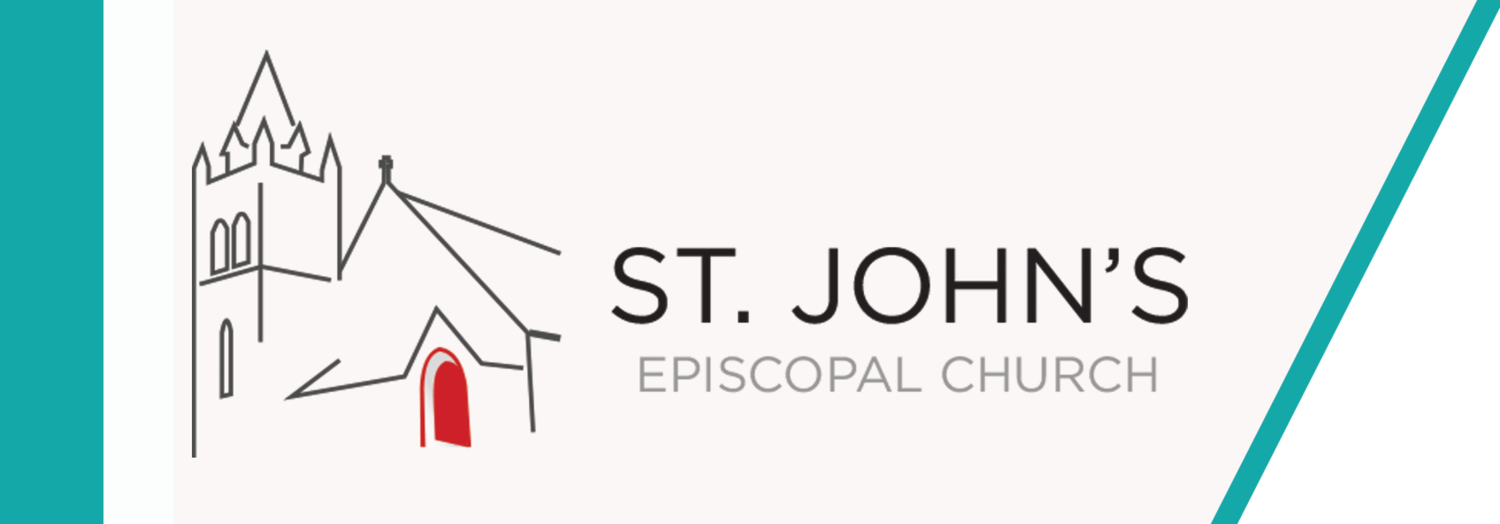History
“An exploration of the parish history also shows other common themes that extend from the parish’s founding to the present day. Our very mission statement to “let all who enter here be received as Christ” reflects a commitment to, and abundance of, diverse people from across Jamaica Plain and Greater Boston who have come in the doors of St. John’s. To each individual we say, “Enter Here”.”
our church
St. John’s Episcopal Church was formed in 1839 and moved to its current location when the church building construction began in 1882. This building was later expanded with the addition of the Parish Hall. The congregation’s property also included until recently a Rectory located nearby at 24 Alveston Street (click here for some interesting history on an early occupant of the Rectory). The church was formed and built to serve the needs of the local community.
St. John’s church and its parishioners are woven into the historic fabric of the City of Boston, the community of Jamaica Plain, and the Episcopal Diocese of Massachusetts. The parish was founded by prominent local residents who desired a neighborhood-based place of worship. Early parishioners included General William Hyslop Sumner, Justice John W. McKim and Samuel G. Goodrich, better known in world literature as Peter Parley and former Ambassador to France. Although these men are visible in the historic documents of the parish and Jamaica Plain community, it is notable that a number of women parishioners were known for their accomplishments, in a time when women played a more limited role in community life. These included: writer and publisher Caroline Ticknor, friend of Longfellow, Twain, Dickens and Whitman, Elizabeth Bethune Campbell, the first woman to present a case before the Privy Council of London (she won) and Susan Revere Chapin, great-granddaughter of Paul Revere, who was active in the war effort during both WW I and WW II. The presence of these remarkable women in the parish perhaps presages St. John’s current diverse roster of parishioners and commitment to issues of social justice and activism. Today, St. John’s is a parish with increasing diversity along race, income and sexual orientation, not just in its membership, but those in leadership positions.
An exploration of the parish history also shows other common themes that extend from the parish’s founding to the present day. Our very mission statement to “let all who enter here be received as Christ” reflects a commitment to, and abundance of, diverse people from across Jamaica Plain and Greater Boston who have come in the doors of St. John’s. To each individual we say, “Enter Here”.


